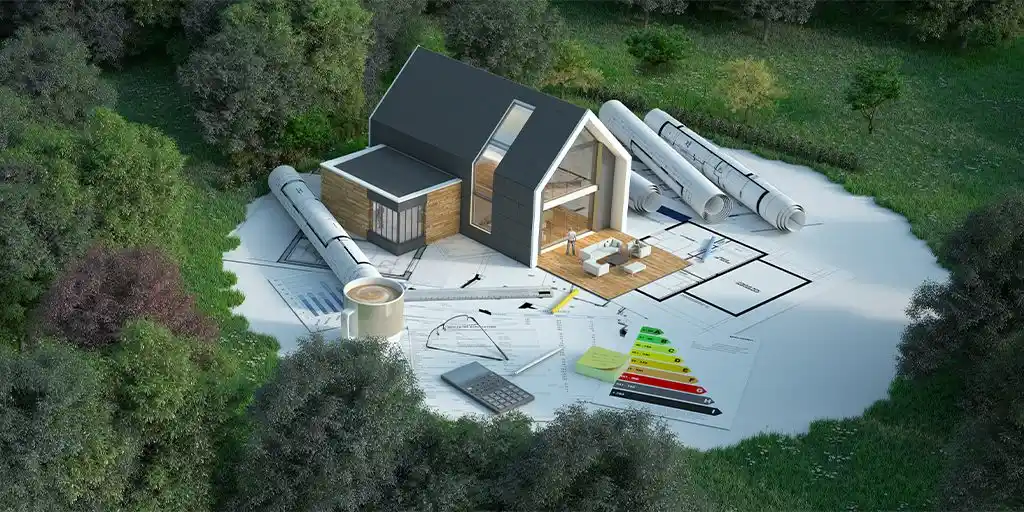Residential energy modelling – HEM delayed
In developments in residential energy modelling, the industry was informed that due to delays in conventions, input frameworks and product data, the Home Energy Model (HEM) is not ready to roll out in full. As a measure to manage this transition period, SAP 10.3 is being developed as an interim solution to comply with the Future Homes Standard, replacing SAP 10.2. SAP 10.3 is being introduced specifically to ensure a smooth transition to HEM while the model and supporting infrastructure are finalised.
HEM: government phases transition
The Future Homes Standard consultation, initiated in 2023, initially proposed that the Home Energy Model (HEM) with a specialised Future Homes Standard framework would serve as the exclusive compliance mechanism. However, after considering industry feedback, the government has decided to permit the use of an updated SAP 10.3 version as an interim methodology. This updated version will include a new notional dwelling, revised carbon and primary energy factors, and improvements to the existing SAP 10 to ensure alignment with the Future Homes Standard. This approach aims to facilitate the construction of more energy-efficient homes.
Both SAP 10.3 and HEM can be used during a phased transition, with timelines clearer once the Future Homes Standard regulations are presented to Parliament. The government aims for a smooth shift by using SAP 10 alongside the gradual implementation of HEM.
What This Means for OCDEAs
For On Construction Domestic Energy Assessors (OCDEAs), the continuation of Design SAP 10 will provide a familiar and dependable method for assessing compliance during the transition period. With several years of experience using SAP 10, assessors will enjoy a reduced learning curve and enhanced consistency in their work. However, OCDEAs will be expected to undertake additional training when the transition to HEM begins, with this training to be provided by software providers.
Implications for Construction
The dual-methodology approach substantially reduces the risk of delays and compliance uncertainty for builders. The Future Homes Standard wrapper for HEM is anticipated to necessitate more detailed input from builders to assessors. Without formal conventions to manage missing data, this could have led to project delays. Permitting the use of SAP 10.3 mitigates these risks by preserving a familiar and well-established compliance route.
“During this transitional process, CBC are undertaking additional CPD training in close collaboration with Elmhurst, our software provider. This ensures we stay aligned with the latest updates in carbon factors and methodology, enabling us to deliver accurate and future-compliant energy assessments for our clients.”– Sushil Pathak, Director
Key Points:
- SAP 10.3 will introduce a new notional dwelling and updated fuel carbon factors.
- Rollout is expected in the second half of 2025.
Relevance to Our Work:
- Energy Modelling: SAP 10.3 will be used in place of SAP 10.2 until HEM is launched.
- Whole Life Carbon Assessments: Updated carbon factors may affect NZC calculations.
The Cudd Bentley sustainability team will update as we receive formal release dates or software updates, but this is the current picture. If anyone wants to enquire in more detail about how this development impacts their projects, please contact our sustainability team.



